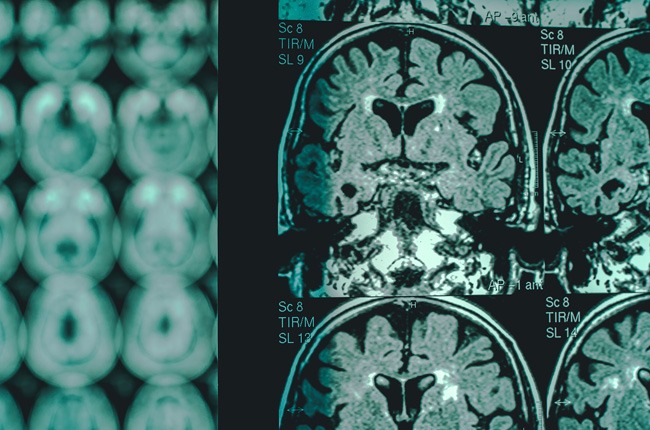
Circadian rhythms play a larger role than simply determining sleep patterns. They are key to energy use, metabolism rate, and even stroke severity. Thanks to researchers at Texas A&M University, we’ve learned they could also help with therapies for glioblastoma.
The key to treating the brain cancer glioblastoma is destroying cancer cells without damaging the surrounding healthy brain cells. Texas A&M biologist Deborah Bell-Pedersen, Ph.D and David J. Earnest, Ph.D, a mammalian biological clocks expert at the Texas A&M College of Medicine have collaborated to study the effect of daily rhythms on signaling proteins that play a role in glioblastoma’s aggressive nature. It turns out that inhibiting these proteins at specific times of the day significantly reduces glioblastoma cell invasiveness, making it a strong candidate for chronochemotherapy—treating cancer at specific times of day in order to get the most impact.
The team’s next step is to test this therapy, eventually leading to clinical trials. “We always hope that what we’re working on will lead to something useful, and I think this is a prime example of how putting effort into basic research can pay off,” Bell-Pedersen said. “We’re very hopeful and encouraged by our data that we’ll find a treatment.”
Learn more about the cutting-edge work Texas A&M is doing in the medical field and beyond at fearlessfront.com.





